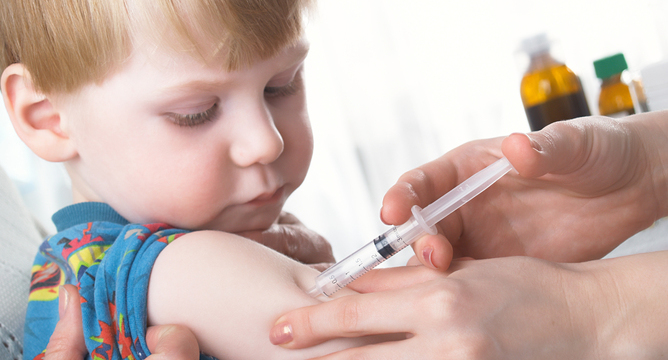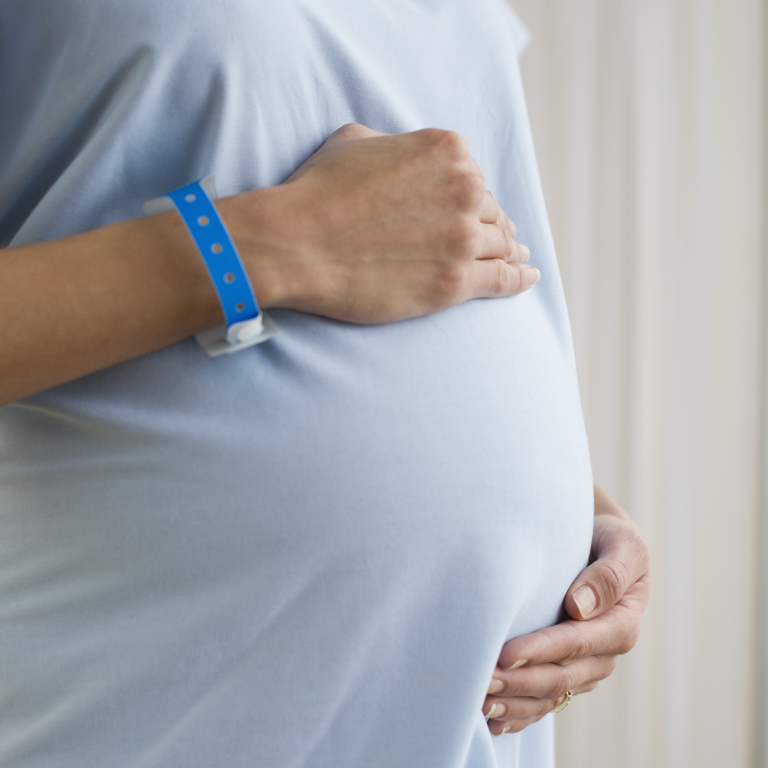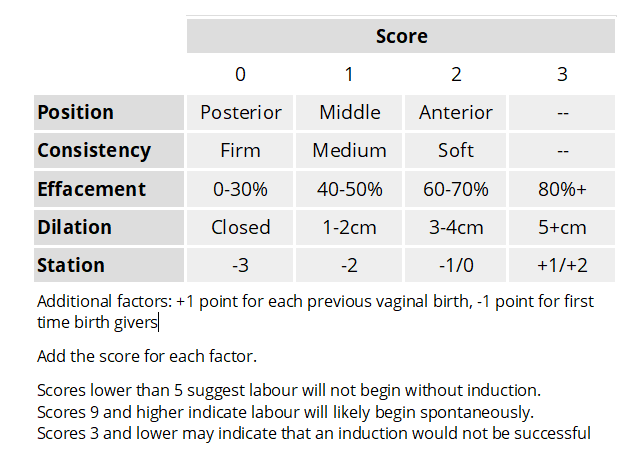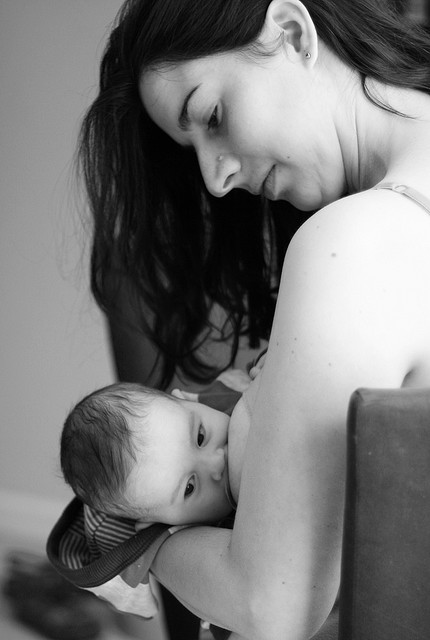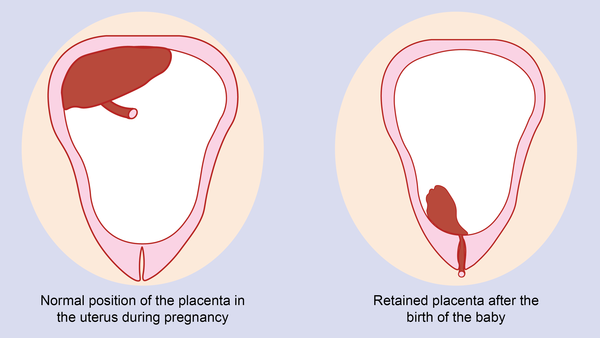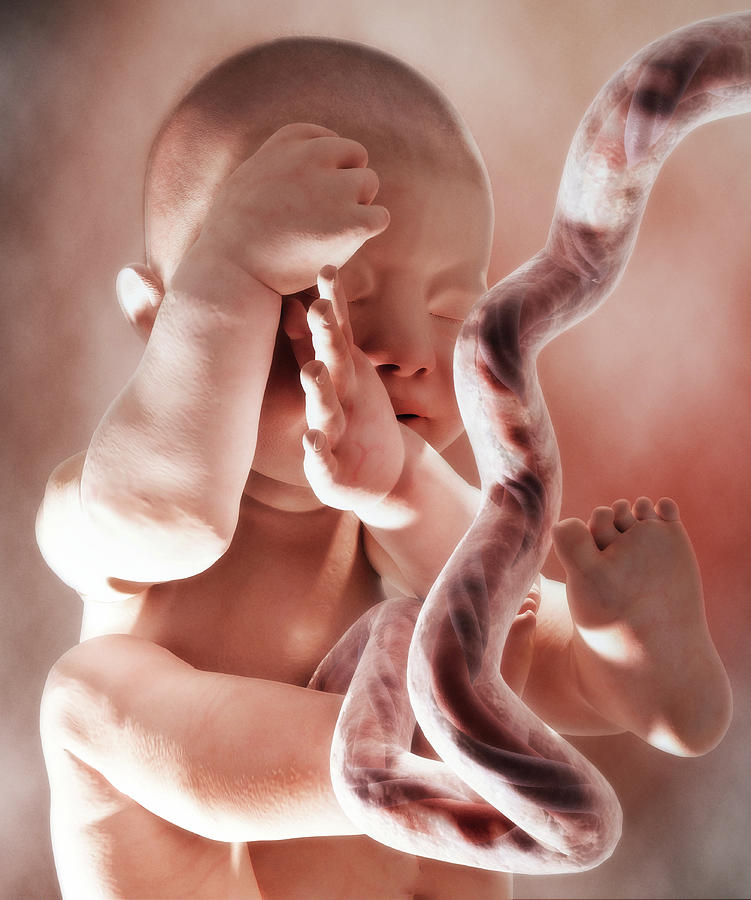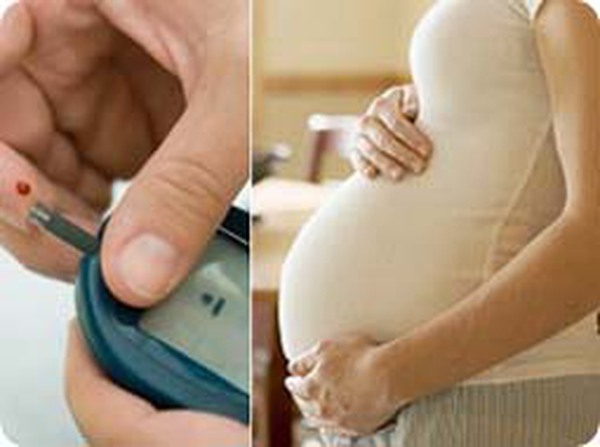Rash no fever
Viral rash in toddler with no fever: Diagnosis, types, and treatments
Toddlers can develop a rash as a result of a viral infection. Although fever is a common symptom of viral infections, not all toddlers with a viral rash also experience fever.
In this article, we discuss the causes, symptoms, and treatment of a viral rash with no fever in toddlers.
Toddlers can develop a rash as a result of a viral infection. The exact type of rash depends on the underlying cause. Below, we look at a few common viral rashes that occur in toddlers.
Roseola
Roseola, or sixth disease, is a viral infection resulting from human herpesvirus 6 (HHV-6). This condition is most common in infants and toddlers under 2 years of age.
Roseola causes a high fever of about 104°F (40°C) for 3–5 days. Once the fever drops, a distinctive rash appears on the torso. The rash contains raised bumps that may feel itchy or painful, and it may spread to the arms, neck, or face.
Other symptoms of roseola include:
- fatigue
- a headache
- irritability
- upset stomach
- diarrhea
- a cough
- inflammation of the eye
Treatment
There is no specific treatment or vaccine available for roseola. People can prevent the spread of roseola and HHV-6-related disease by:
- avoiding contact with people who have an HHV-6 infection
- keeping their child home when sick
- washing the hands thoroughly after interacting with a person who is sick
- washing bedding, clothing, and other items that the person came into contact with while sick
Over-the-counter (OTC) pain relievers, such as ibuprofen, may help reduce a high fever. Treatment for a roseola rash usually involves bed rest and sufficient fluid intake.
Although most toddlers fully recover from roseola within 1–2 weeks, HHV-6 infections present some risk for complications, such as:
- encephalitis
- myocarditis
- hepatitis
- Guillain-Barré syndrome
- muscle damage
- low platelet count
Hand, foot, and mouth disease
Hand, foot, and mouth disease (HFMD) occurs due to human enteroviruses (EV), most commonly coxsackievirus A16. HFMD typically affects infants and children younger than 5 years of age.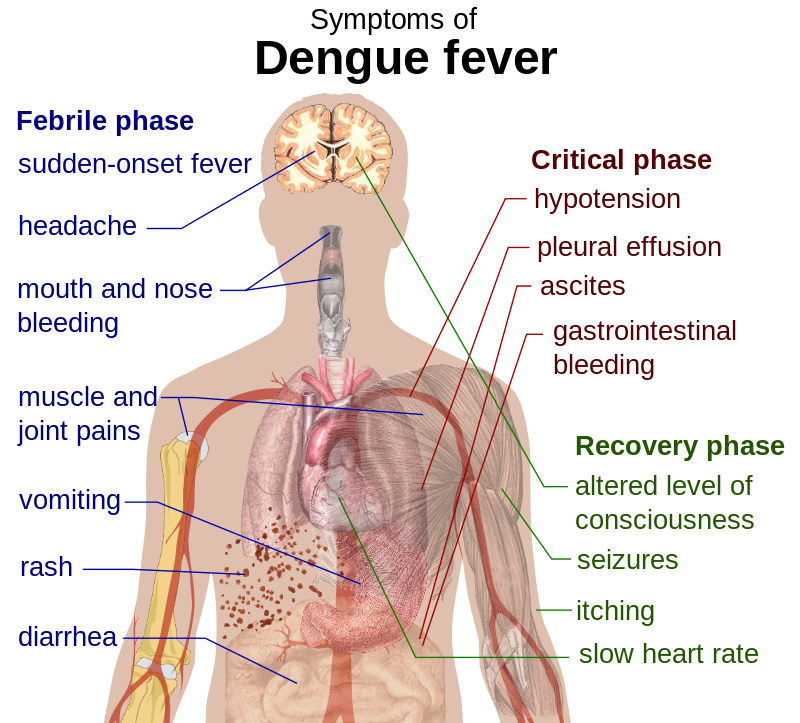 However, adults can have HFMD if they did not have exposure to the viruses that cause it during childhood.
However, adults can have HFMD if they did not have exposure to the viruses that cause it during childhood.
Although HFMD leads to fever in roughly 90% of people, a low percentage of children have no fever or accompanying symptoms.
HFMD typically causes an itchy rash on the hands, feet, and lining of the mouth and throat. The rash can consist of flat or raised bumps.
Toddlers with HFMD may exhibit:
- flu-like symptoms
- refusal to drink or eat
- excessive drooling
- severe fatigue
- irritability
Symptoms of HFMD usually resolve within 7–10 days.
Treatment
As with other viral infections, HFMD clears up on its own without medical treatment. However, people with HFMD should get plenty of rest and drink clear fluids to prevent dehydration. OTC pain medications can help reduce fever and relieve pain.
Rubella
Rubella is a contagious viral infection that affects children and adults. Rubella causes mild or unnoticeable symptoms in children. According to the Centers for Disease Control and Prevention (CDC), a red rash is often the first noticeable indication of rubella.
According to the Centers for Disease Control and Prevention (CDC), a red rash is often the first noticeable indication of rubella.
An estimated 50–80% of people with rubella develop a rash. A rubella rash starts on the face and neck, but it can spread to the chest, torso, and other areas of the body.
Rubella symptoms usually appear within 2–3 weeks of the initial infection. While some children develop a rash without additional symptoms, others may experience mild-to-moderate symptoms a few days before the rash appears.
Symptoms of rubella include:
- a headache
- redness or swelling of the whites of the eye
- physical discomfort
- a cough
- a runny nose
- swollen lymph nodes
- low grade fever
Treatment
There is no specific treatment for rubella, but the symptoms usually resolve once the immune system gets the viral infection under control. Bed rest and OTC medications can help alleviate headaches and fever.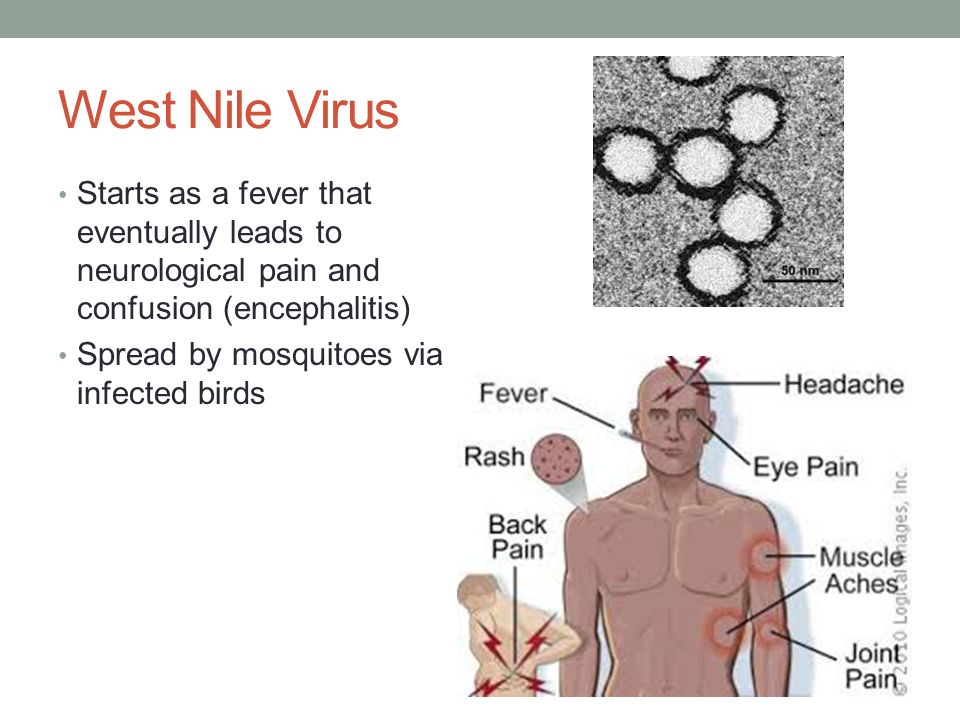
Fifth disease
Fifth disease is a rash that results from a parvovirus B19 infection. It is more common in children than adults.
Fifth disease causes a bright red rash on the cheeks, which may be less apparent in people with darker skin. The rash may appear on other areas of the body, including the:
- arms
- legs
- back
- chest
- buttocks
Some people only develop the rash, while others experience other mild symptoms, such as:
- a headache
- fatigue
- a runny nose or congestion
- painful or swollen joints
- low grade fever
Treatment
Fifth disease typically clears up on its own. However, OTC anti-inflammatory drugs may help relieve joint pain and swelling.
Parents or caregivers should take a toddler to a doctor if they develop a skin rash alongside severe symptoms, such as:
- high fever
- vomiting
- a severe or intense headache
- a refusal to eat or drink
It is also important to seek medical attention if an infant or toddler under 6 months of age develops a new rash.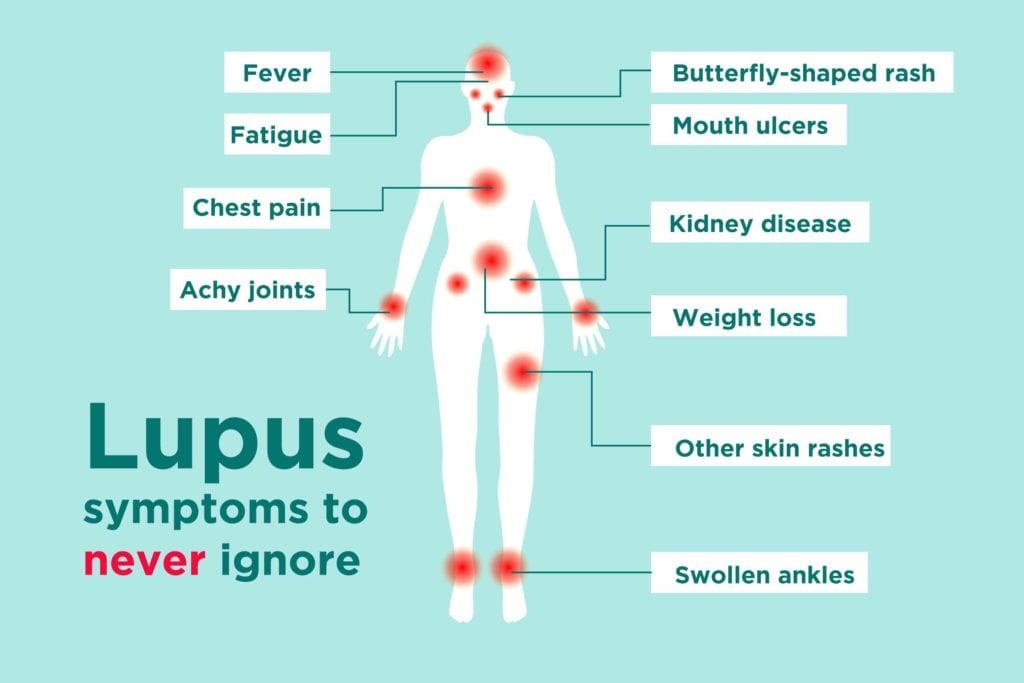
Toddlers and young children often develop viral rashes as their immune system continues developing. Most causes of viral rashes without fever are not serious and resolve within a few days to a week.
Parents or caregivers should consult a healthcare professional if a toddler has a rash that lasts longer than a week or if they develop new or worsening symptoms.
Viral rash in toddler with no fever: Diagnosis, types, and treatments
Toddlers can develop a rash as a result of a viral infection. Although fever is a common symptom of viral infections, not all toddlers with a viral rash also experience fever.
In this article, we discuss the causes, symptoms, and treatment of a viral rash with no fever in toddlers.
Toddlers can develop a rash as a result of a viral infection. The exact type of rash depends on the underlying cause. Below, we look at a few common viral rashes that occur in toddlers.
Roseola
Roseola, or sixth disease, is a viral infection resulting from human herpesvirus 6 (HHV-6).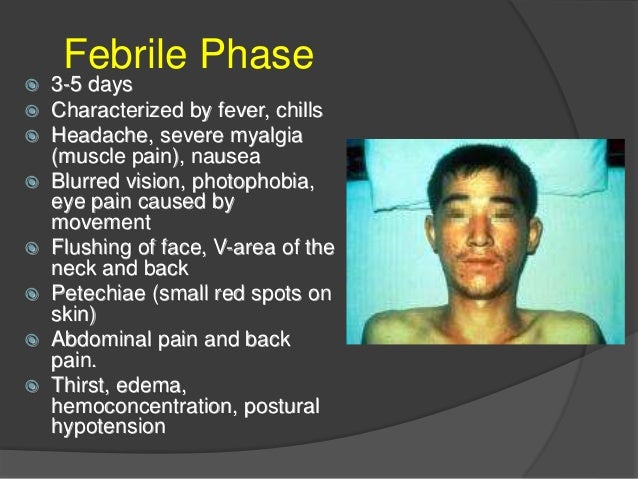 This condition is most common in infants and toddlers under 2 years of age.
This condition is most common in infants and toddlers under 2 years of age.
Roseola causes a high fever of about 104°F (40°C) for 3–5 days. Once the fever drops, a distinctive rash appears on the torso. The rash contains raised bumps that may feel itchy or painful, and it may spread to the arms, neck, or face.
Other symptoms of roseola include:
- fatigue
- a headache
- irritability
- upset stomach
- diarrhea
- a cough
- inflammation of the eye
Treatment
There is no specific treatment or vaccine available for roseola. People can prevent the spread of roseola and HHV-6-related disease by:
- avoiding contact with people who have an HHV-6 infection
- keeping their child home when sick
- washing the hands thoroughly after interacting with a person who is sick
- washing bedding, clothing, and other items that the person came into contact with while sick
Over-the-counter (OTC) pain relievers, such as ibuprofen, may help reduce a high fever. Treatment for a roseola rash usually involves bed rest and sufficient fluid intake.
Treatment for a roseola rash usually involves bed rest and sufficient fluid intake.
Although most toddlers fully recover from roseola within 1–2 weeks, HHV-6 infections present some risk for complications, such as:
- encephalitis
- myocarditis
- hepatitis
- Guillain-Barré syndrome
- muscle damage
- low platelet count
Hand, foot, and mouth disease
Hand, foot, and mouth disease (HFMD) occurs due to human enteroviruses (EV), most commonly coxsackievirus A16. HFMD typically affects infants and children younger than 5 years of age. However, adults can have HFMD if they did not have exposure to the viruses that cause it during childhood.
Although HFMD leads to fever in roughly 90% of people, a low percentage of children have no fever or accompanying symptoms.
HFMD typically causes an itchy rash on the hands, feet, and lining of the mouth and throat. The rash can consist of flat or raised bumps.
Toddlers with HFMD may exhibit:
- flu-like symptoms
- refusal to drink or eat
- excessive drooling
- severe fatigue
- irritability
Symptoms of HFMD usually resolve within 7–10 days.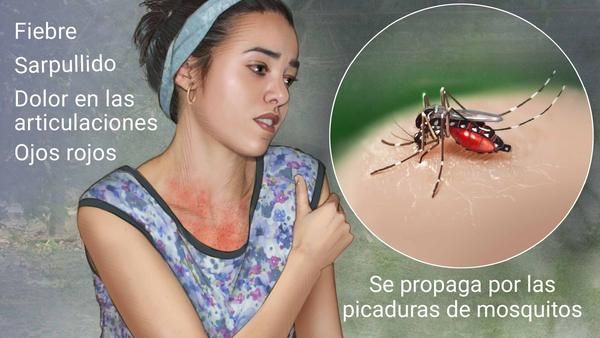
Treatment
As with other viral infections, HFMD clears up on its own without medical treatment. However, people with HFMD should get plenty of rest and drink clear fluids to prevent dehydration. OTC pain medications can help reduce fever and relieve pain.
Rubella
Rubella is a contagious viral infection that affects children and adults. Rubella causes mild or unnoticeable symptoms in children. According to the Centers for Disease Control and Prevention (CDC), a red rash is often the first noticeable indication of rubella.
An estimated 50–80% of people with rubella develop a rash. A rubella rash starts on the face and neck, but it can spread to the chest, torso, and other areas of the body.
Rubella symptoms usually appear within 2–3 weeks of the initial infection. While some children develop a rash without additional symptoms, others may experience mild-to-moderate symptoms a few days before the rash appears.
Symptoms of rubella include:
- a headache
- redness or swelling of the whites of the eye
- physical discomfort
- a cough
- a runny nose
- swollen lymph nodes
- low grade fever
Treatment
There is no specific treatment for rubella, but the symptoms usually resolve once the immune system gets the viral infection under control.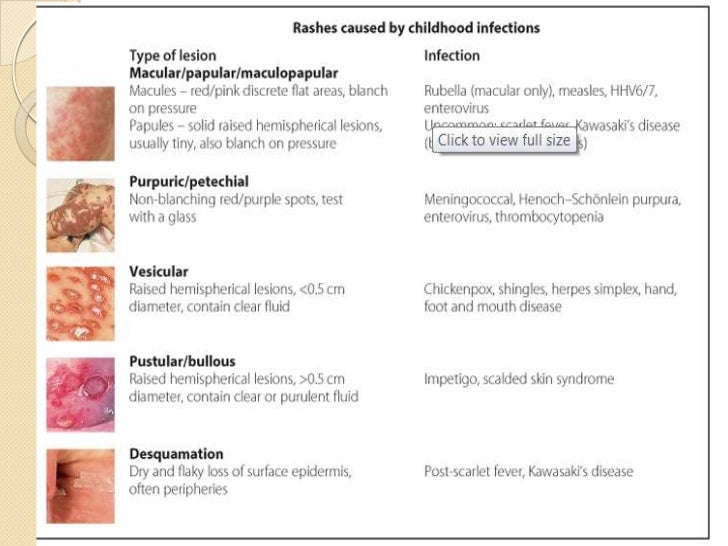 Bed rest and OTC medications can help alleviate headaches and fever.
Bed rest and OTC medications can help alleviate headaches and fever.
Fifth disease
Fifth disease is a rash that results from a parvovirus B19 infection. It is more common in children than adults.
Fifth disease causes a bright red rash on the cheeks, which may be less apparent in people with darker skin. The rash may appear on other areas of the body, including the:
- arms
- legs
- back
- chest
- buttocks
Some people only develop the rash, while others experience other mild symptoms, such as:
- a headache
- fatigue
- a runny nose or congestion
- painful or swollen joints
- low grade fever
Treatment
Fifth disease typically clears up on its own. However, OTC anti-inflammatory drugs may help relieve joint pain and swelling.
Parents or caregivers should take a toddler to a doctor if they develop a skin rash alongside severe symptoms, such as:
- high fever
- vomiting
- a severe or intense headache
- a refusal to eat or drink
It is also important to seek medical attention if an infant or toddler under 6 months of age develops a new rash.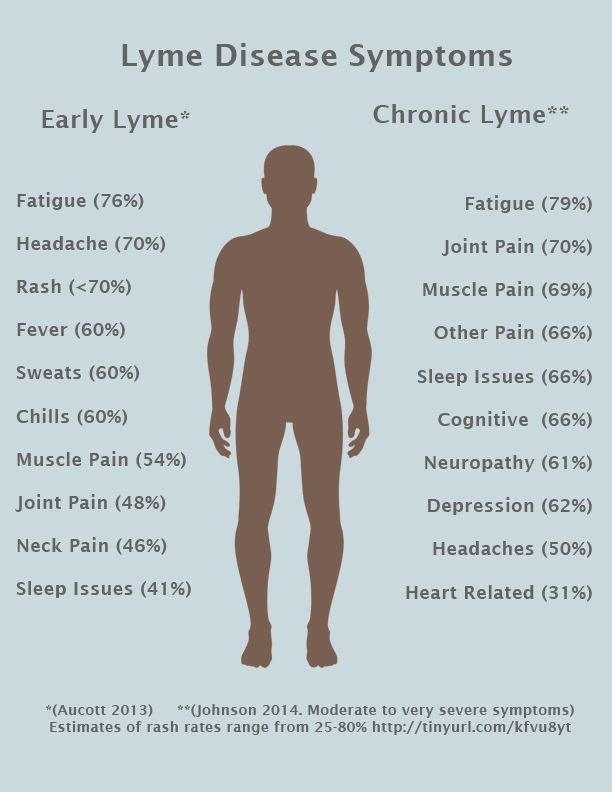
Toddlers and young children often develop viral rashes as their immune system continues developing. Most causes of viral rashes without fever are not serious and resolve within a few days to a week.
Parents or caregivers should consult a healthcare professional if a toddler has a rash that lasts longer than a week or if they develop new or worsening symptoms.
Rash COVID-19 | A rash can be a symptom of coronavirus
The onset of COVID-19 can be associated with the appearance of various types of skin lesions. They resemble papules, nodules, vesicles, excoriations (abrasions), scales, ulcers, some are in the form of spots, indurations or nets. The rash can occur in people who are asymptomatic with COVID-19. In 21% of patients, dermatosis was the only symptom of SARS-CoV-2 infection. At the same time, 17% of patients reported skin rash as the first manifestation of the disease.
The incidence of skin symptoms of COVID-19 is difficult to determine. There is also no known relationship between some skin symptoms and disease severity.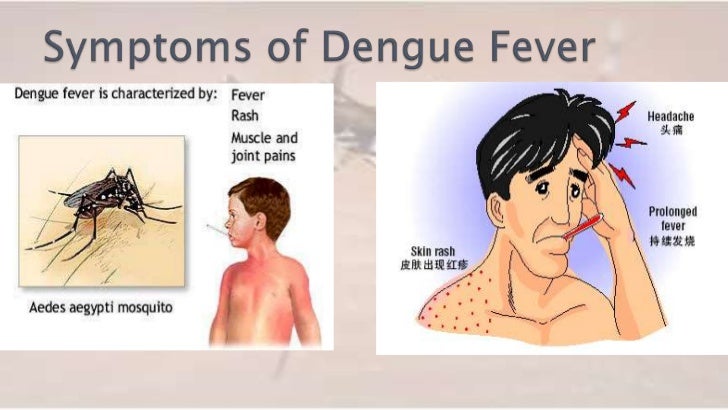 In addition, it cannot be ruled out that in some patients, skin lesions may be a manifestation of a reaction to multiple treatments for COVID-19.
In addition, it cannot be ruled out that in some patients, skin lesions may be a manifestation of a reaction to multiple treatments for COVID-19.
Contents:
1. Covid-19 rash - where does it appear?
2. What does a COVID-19 rash look like?
coronavirus - when does it occur and how long does it last?
5. Rash as a manifestation of childhood inflammatory multisystem syndrome (PIMS) after COVID-19 in children
6. "Coronavirus fingers"
7. COVID-19 and chickenpox - how is the rash different?
8. Treating COVID-19 rash
Covid-19 rash - where does it appear?
Skin lesions are often the body's response to viral infections. However, in the case of COVID-19, doctors are surprised by the variety of skin rashes, the time of their appearance and location.
Skin lesions associated with COVID-19 occur on various parts of the body, such as around the mouth, trunk, limbs, legs and arms. They are not always accompanied by itching.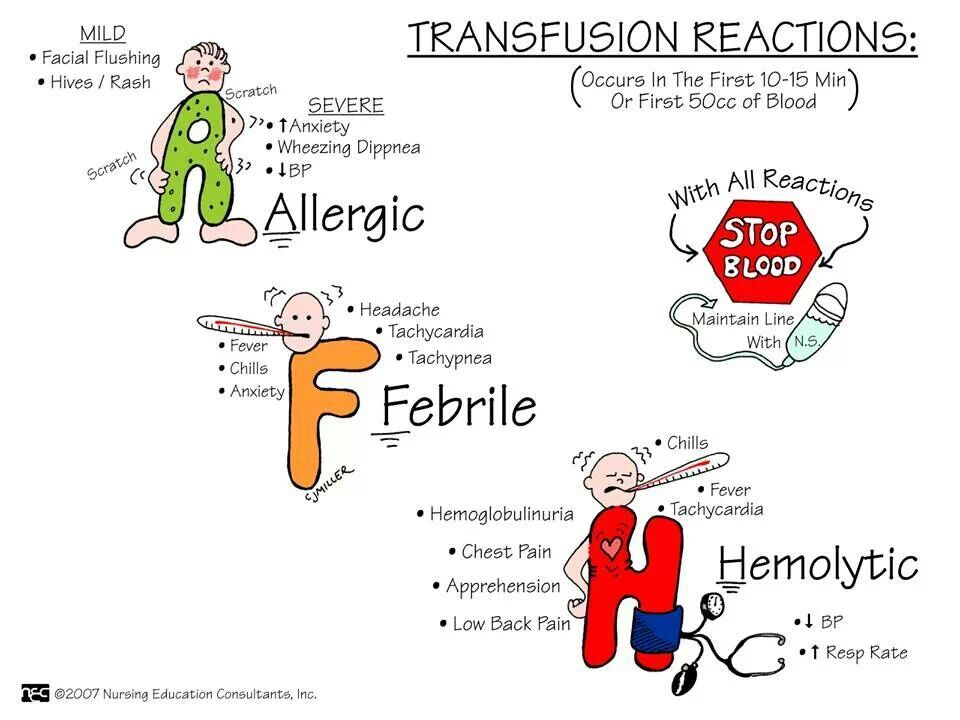
What does a COVID-19 rash look like?
The rashes associated with Covid-19 are varied and similar to skin lesions associated with other viral diseases, according to a study conducted by specialists in Spain. They noted that skin changes did not correlate with the severity of the infection: some were accompanied by asymptomatic COVID-19, others - severe forms of infection.
Five types of rash were noted:
• Irregular frostbite-like patches on the arms and legs, sometimes accompanied by soreness and itching. Mostly encountered in young patients with a mild course of the disease, appeared in the later stages and lasted about 12 days. Registered in 19% of cases.
• Focal eruption in the form of small vesicles, which can cause itching, located on the body and upper and lower limbs. Occurs at the time of the onset of any other symptoms and occurs at 9% of cases in middle-aged patients; kept for 10 days.
• Urticaria-like patchy eruption, white or pink, often itchy.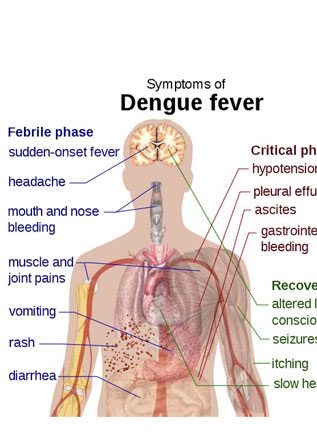 They were noted in 19% of cases, mainly on the body, but also happened on the palms.
They were noted in 19% of cases, mainly on the body, but also happened on the palms.
• Maculopapular eruptions in the form of small flat or bulging vesicles, which were observed in 47% of cases. These rashes persisted for about a week and appeared simultaneously with other symptoms, but most often accompanied by a severe course of the disease.
• The appearance of a vascular red-blue network or signs of skin necrosis on the skin was observed in 6% of patients, mostly elderly with a severe course of the disease.
At the same time, experts note that the rash can have a different origin, and it is difficult to classify it without having the appropriate experience and knowledge.
In case of any skin symptoms, Medicover dermatologists with many years of experience and extensive experience in diagnosing various skin lesions are always ready to help you!
Skin lesions and diagnosis of COVID-19
Diagnosis of dermatological changes caused by COVID-19 consists primarily in the exclusion of other possible causes of rashes, such as allergies.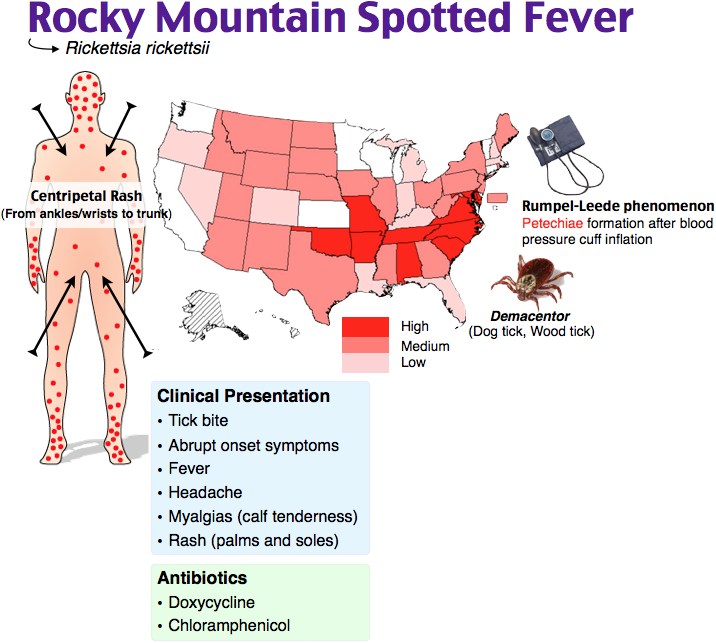
This may require a series of studies to determine whether the rash is related to SARS-CoV-2 infection, or is a reaction to certain medications, or is a manifestation of infection by other pathogens.
If finger pressure on purple-red skin lesions does not cause them to disappear, this is an alarm that indicates the need to seek medical attention in order to rule out infection with the SARS-CoV-2 virus.
In Medicover clinics, you can get professional advice from a dermatologist and undergo all the necessary examinations to establish an accurate diagnosis, as well as get advice on effective treatment in accordance with modern international clinical guidelines.
Coronavirus rash - when does it occur and how long does it last?
The first symptoms of COVID-19 can occur approximately 5-6 days after infection, sometimes this period is extended up to 14 days. However, a rash can be both the first symptom and the only sign of COVID-19.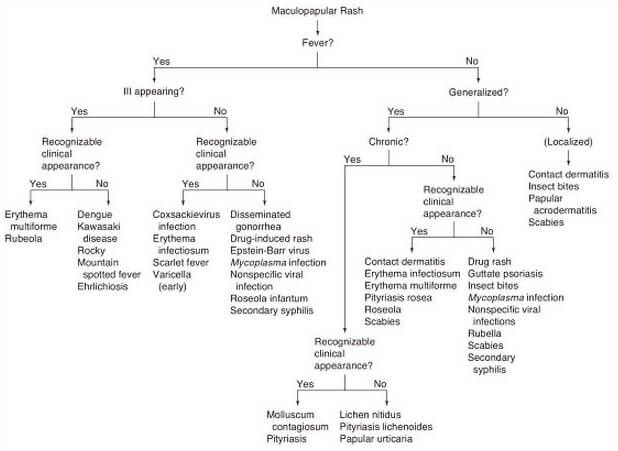 .
.
Depending on the type of skin lesions and their severity, they last from several days to several weeks.
Skin rash may be accompanied by other systemic symptoms associated with COVID-19. These include:
• fever
• Permanent cough
• shortness of breath, breathing problems,
• Fatigue
• Ground
• Dizziness
• Loss of smell and taste.
rash as a manifestation of children inflammatory multisystem syndrome (PIMS) after COVID-19in children
Viral diseases are a common cause of skin lesions in children. A rash caused by SARS-Cov-2 may appear on a child's skin up to 2-4 weeks after infection and indicate the development of childhood inflammatory multisystem syndrome associated with SARS-CoV-2.
PIMS with multiform inflammatory syndrome in children sometimes occurs after COVID-19 infection, sometimes even after asymptomatic infection. PIMS most commonly occurs in schoolchildren around the age of 9years.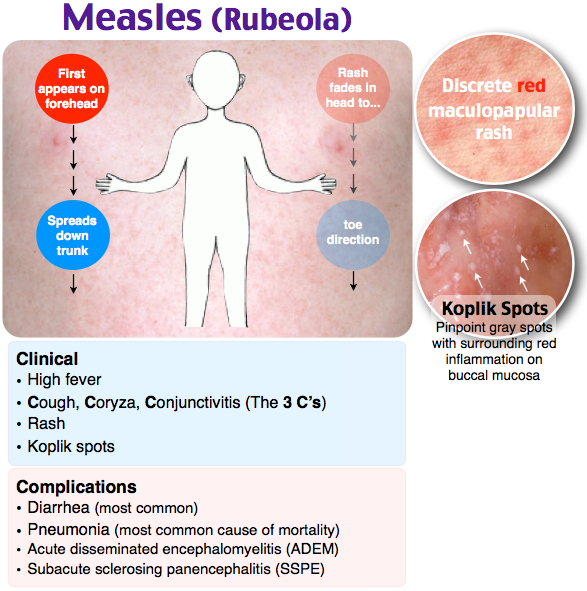
In the case of children, skin lesions caused by SARS-CoV-2 infection may appear as reddish papules, resembling other viral exanthems. Papules may appear on the face and back, and within 3-5 days they disappear spontaneously.
Any rash in children should be consulted with a pediatrician. Until an accurate diagnosis is established and the connection with COVID-19 is excluded, children should not come into contact with other people, especially the elderly, who are prone to a severe course of coronavirus infection up to death.
"Coronavirus fingers"
Skin lesions in the form of so-called "coronavirus fingers" are more often diagnosed in young people, adolescents and children. They take the form of red spots, vesicles and even ulcers, accompanied by swelling of the skin of the fingers and interdigital spaces.
COVID-19 and chickenpox - how is the rash different?
Papulo-vesicular eruptions in COVID-19 and chickenpox are very similar to each other. They differ in the age of patients and localization of skin lesions.
They differ in the age of patients and localization of skin lesions.
In SARS-CoV-2 infection, skin lesions are more common in adults with a mean age of 60 years. However, one of the main clinical features is the localization of lesions in the trunk area, the elements are diffuse in nature, they are characterized by the absence of itching.
The rash appears 3 days after the onset of symptoms of COVID-19 and spontaneously disappears after 8 days without leaving marks, while with chickenpox the rash can be biphasic and last up to 2 weeks.
Treatment of rash due to COVID-19
Rash due to SARS-CoV-2 infection does not require specific medical procedures. Clinical data show that it is enough to simply observe its course and apply symptomatic treatment if necessary. Useful antihistamines that relieve itching and swelling of the skin. Mild patients can use them at home.
In case of serious and significant skin lesions, systemic treatment with corticosteroids under medical supervision is recommended.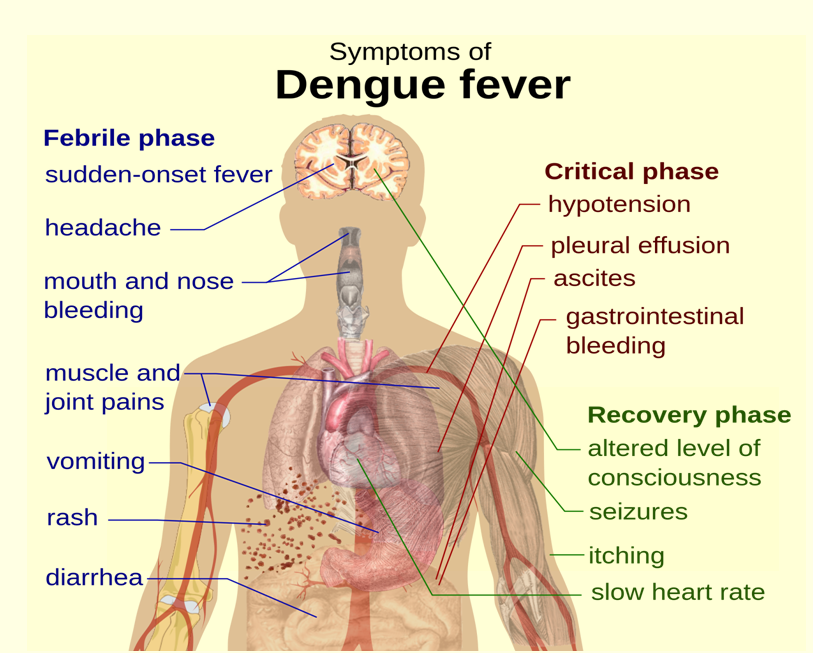
Childhood rash on the body of a child
What is strawberry tongue and slapped cheek syndrome? Why is measles called the first disease and scarlet fever the second? Why does the banal roseola scare parents so much? In honor of Children's Day, we are talking about childhood infections.
Any medical student knows about the six primary exanthems. These are infectious diseases with similar manifestations: they always begin with a fever and are accompanied by skin rashes, which are otherwise called exanthems. Mostly children get sick of them - usually easily, but some infections from this list can be dangerous, while others, although harmless, often make parents nervous. Here is the famous classic six.
First: measles
Measles, which practicing pediatricians have not encountered for a long time, is now on everyone's lips - the outbreak of the first disease has spread to a dozen European countries, and the incidence is growing in Russia. Measles is not as mild a disease as is commonly believed. It is unpleasant to get sick with it even in childhood, and adults, due to the peculiarities of the immune system, endure it hard. In addition, it is dangerous with complications that can develop in anyone: measles pneumonia, purulent otitis media, laryngeal stenosis, bronchitis, kidney, liver and brain damage. The consequence of measles can be deafness or blindness, people still die from it.
It is unpleasant to get sick with it even in childhood, and adults, due to the peculiarities of the immune system, endure it hard. In addition, it is dangerous with complications that can develop in anyone: measles pneumonia, purulent otitis media, laryngeal stenosis, bronchitis, kidney, liver and brain damage. The consequence of measles can be deafness or blindness, people still die from it.
A typical symptom: spots of Belsky - Filatov - Koplik - a white rash similar to semolina, surrounded by a red border. They appear on the mucous membrane of the cheeks about a day before the measles rash.
Prevention and treatment : there is no cure for measles, the most reliable prevention of infection is a double vaccination.
Second: scarlet fever
All Soviet schoolchildren knew about the existence of this disease - from the gloomy poem "Death of a Pioneer" by Eduard Bagritsky, the heroine of which was dying in the hospital. In the 30s of the last century, when this work was written, scarlet fever was one of the most severe childhood infections.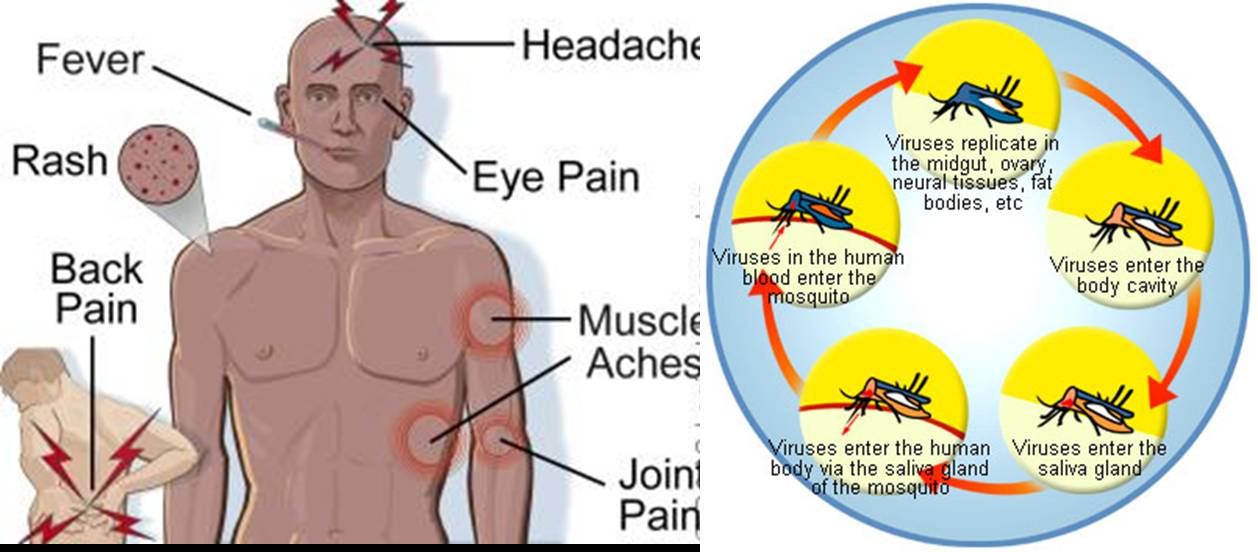 In our time, it is incomparably easier - experts attribute this to both improving the quality of life of children and the availability of antibiotics.
In our time, it is incomparably easier - experts attribute this to both improving the quality of life of children and the availability of antibiotics.
Scarlet fever is caused by group A hemolytic streptococcus. It is similar to a sore throat, but is manifested not only by high fever, general malaise and sore throat, but also by a small rash, which usually appears on the cheeks, on the folds of the arms and legs, under the armpits a day after the onset of the disease , on the sides of the body. Scarlet fever is a very contagious disease, according to sanitary standards it is subject to control: having made such a diagnosis, the doctor must inform the epidemic surveillance authority. After recovery, quarantine is established for up to 12 days.
Typical symptom: strawberry tongue - the surface of the tongue is scarlet, dotted with white dots.
Prevention and treatment : hemolytic streptococcus is transmitted by airborne droplets, the risk of infection is reduced by personal hygiene - washing hands, wet cleaning, etc.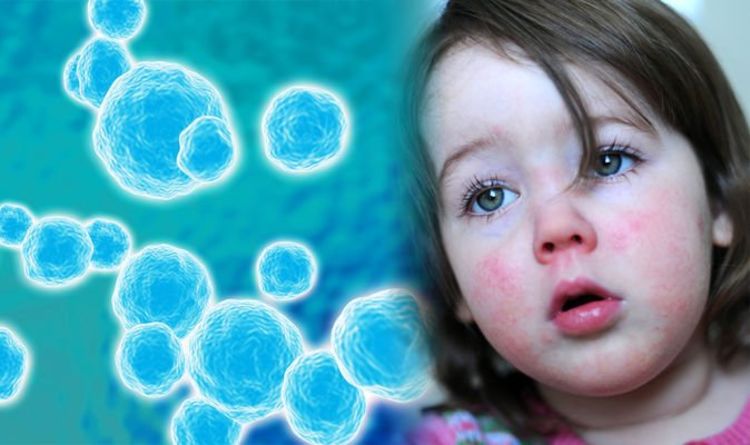 Scarlet fever is treated with antibiotics.
Scarlet fever is treated with antibiotics.
Third: rubella
Given the high contagiousness of rubella and the fact that the patient begins to isolate the virus long before the onset of the first symptoms, it is easy to get sick with it if there is no vaccination. Often rubella is very mild, sometimes only with a rash, or even asymptomatic. Sometimes, when there are no rashes, it is mistaken for a mild SARS. However, the patient is still contagious.
The main danger of rubella is for pregnant women: infection during pregnancy can lead to interruption or severe pathologies in the fetus. The risk is higher the shorter the gestational age, which is why a blood test for antibodies to rubella and, if it is negative, a subsequent vaccination, are included in the preparation plan for conception. Children are vaccinated against rubella at the same time as measles - at 12 months and 6 years.
A typical symptom: an increase in the cervical lymph nodes before the appearance of a rash, red dots in the sky - the so-called Forksheimer's spots. The rash itself is smooth to the touch, similar to drops of paint. She acts first on the face and behind the ears, then on the rest of the skin.
The rash itself is smooth to the touch, similar to drops of paint. She acts first on the face and behind the ears, then on the rest of the skin.
Prevention and treatment : there is a vaccine for rubella, but no specific treatment.
Fourth: mononucleosis
Previously, the fourth was Filatov-Dukes disease - scarlatinal rubella. It was described as a mild form of scarlet fever, with a low fever, swollen lymph nodes, and a similar rash that went away on its own without complications. Subsequently, it ceased to be considered an independent disease.
Now the fourth disease is called infectious mononucleosis, although it is not always accompanied by a rash. The symptoms of this disease caused by the Epstein-Barr virus are very diverse - it usually manifests itself with fever, sore throat, liver enlargement, general malaise, but joint pain, headaches, herpes on the skin, etc. can also occur. The rash with mononucleosis is similar to red spots are irregular in shape and occur in about 25 percent of cases.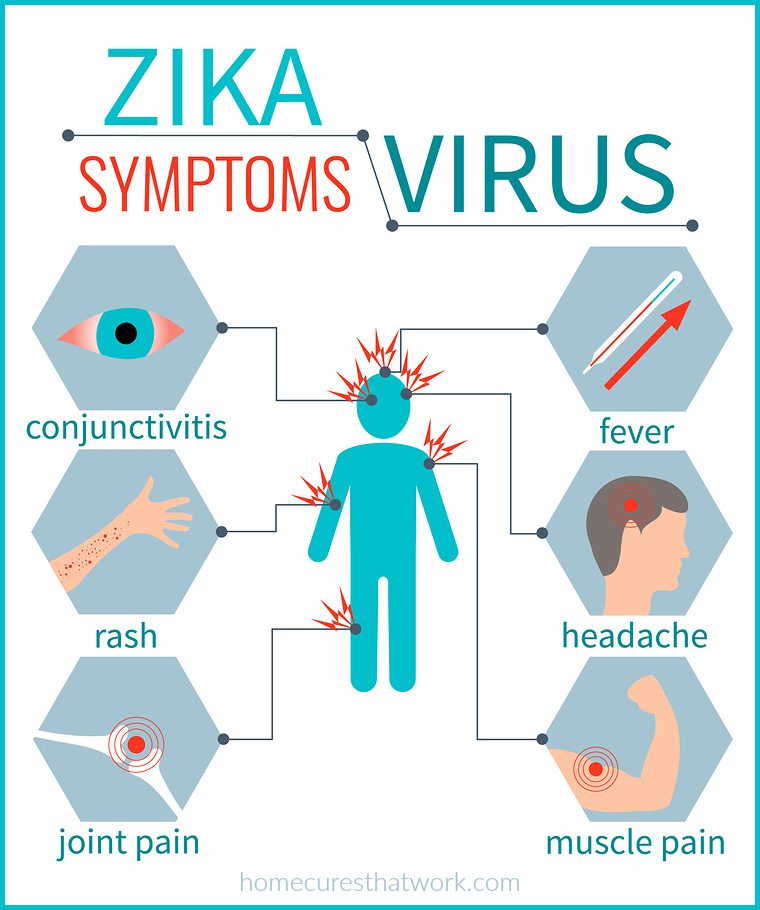 There is another type of rash characteristic of this disease: in the event that the patient takes antibiotics prescribed by mistake or "just in case", the so-called ampicillin rash may develop. She, unlike the usual, not associated with antibiotics, can itch - including at night, causing severe discomfort.
There is another type of rash characteristic of this disease: in the event that the patient takes antibiotics prescribed by mistake or "just in case", the so-called ampicillin rash may develop. She, unlike the usual, not associated with antibiotics, can itch - including at night, causing severe discomfort.
Typical symptoms: prolonged fever, inflammation of the tonsils, significant enlargement of the lymph nodes, ampicillin rash.
Prevention and treatment : personal hygiene - Epstein-Barr virus is very common and easily transmitted by airborne droplets and through household contact (mononucleosis is also called the kissing disease). The disease is treated with antiviral and symptomatic drugs.
Fifth: erythema infectiosum
The fifth disease, parvovirus infection, slap disease, is all erythema infectiosum, very common among children. It begins with fever, headache and runny nose, but differs from acute respiratory infections in rashes on the cheeks, and then on the body.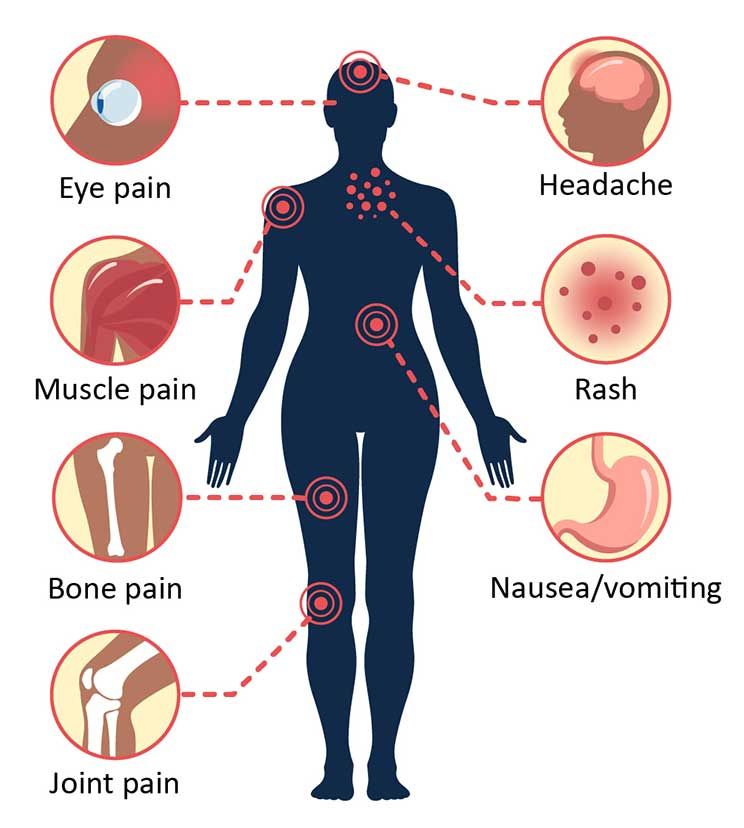 The rash slowly passes, sometimes itches, becomes brighter, for example, in the heat. The fifth disease, caused by parvovirus B19, is mild and without consequences. However, there are two categories of people for whom this infection can be dangerous - pregnant women, especially in the early stages, and patients with anemia, in particular sickle cell. If they become infected with parvovirus, they need to see a doctor.
The rash slowly passes, sometimes itches, becomes brighter, for example, in the heat. The fifth disease, caused by parvovirus B19, is mild and without consequences. However, there are two categories of people for whom this infection can be dangerous - pregnant women, especially in the early stages, and patients with anemia, in particular sickle cell. If they become infected with parvovirus, they need to see a doctor.
A typical symptom: in children - slapped cheek syndrome (bright red skin on the cheeks), in adults - joint pain. The rash on the body looks like lace.
Prevention and treatment : Personal hygiene, no treatment usually required.
Sixth: roseola
This disease is very frightening for parents, and doctors do not always recognize it, which leads to unnecessary prescription of antibiotics. The child suddenly develops a high temperature, which is difficult to reduce with the help of antipyretics. There are no other symptoms - no cough, no runny nose, no pain of any kind.
In fact, there is nothing dangerous in roseola. It develops when a child becomes infected with the herpes simplex virus type 6. This happens so often that almost all children have time to get sick with roseola before the age of 5. You can only transfer it once in your life.
A typical symptom: exactly after 3 days the temperature returns to normal sharply (hence another name for roseola - children's three-day fever) and a rash appears in another day.
Prevention and treatment : not required - roseola is not dangerous and goes away on its own.
How to recognize scarlet fever and why "stars" on the skin are alarming
Of course, the list of infections that may be accompanied by rashes is not limited to these six diseases. It is quite large - this is chickenpox, and enterovirus infection, and yersiniosis, and shingles, and many others. Unfortunately, among such infections there are also very dangerous ones, in which delay can lead to serious consequences and death of a person.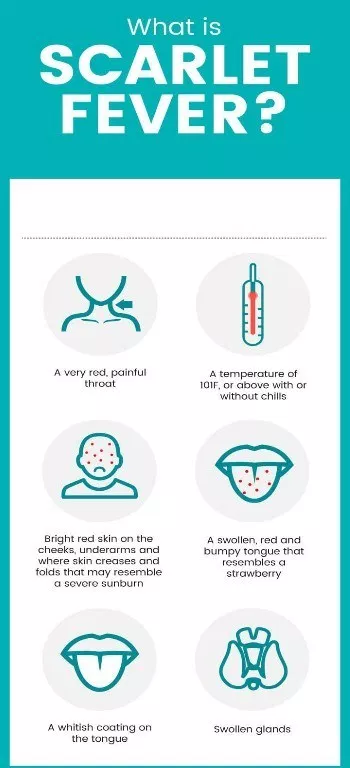 How not to miss such situations, what to pay special attention to when a rash is an alarming symptom, in which cases laboratory tests are needed, says pediatrician Elena Nikiforova, medical expert at the laboratory of personalized medicine LabQuest.
How not to miss such situations, what to pay special attention to when a rash is an alarming symptom, in which cases laboratory tests are needed, says pediatrician Elena Nikiforova, medical expert at the laboratory of personalized medicine LabQuest.
In what cases is it necessary to take tests?
– As a rule, these diseases are diagnosed clinically, because there is a typical picture of the disease. This applies to measles, rubella, roseola, infectious erythema, in which the rash appears at a certain point and in stages. With measles, the diagnosis is further confirmed in the infectious diseases department - this disease is not treated at home. With rubella, the doctor may order general blood and urine tests if there is a suspicion that a bacterial infection has joined.
With scarlet fever, the diagnosis is a test for group A streptococcus. There are home tests that help to differentiate the pathogen on the spot, a throat swab is taken in the laboratory.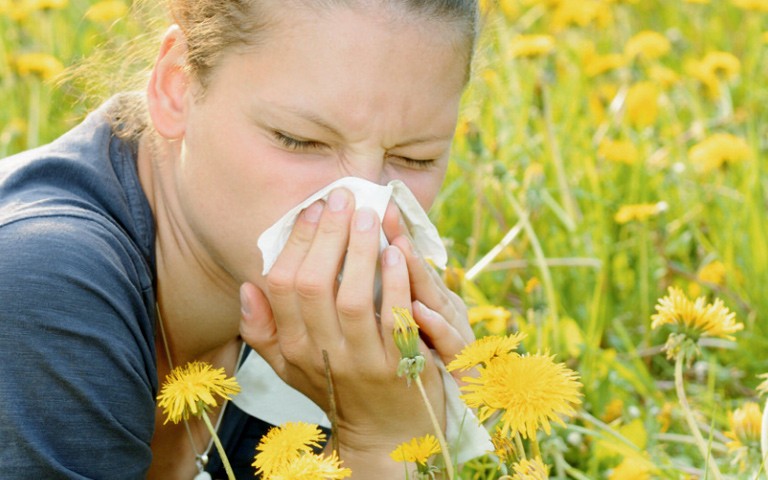 You need to take the test promptly, at the first symptoms, before starting treatment and even using symptomatic remedies - a throat spray, lozenges, etc. If the result is positive, and the child has a fever, red throat, raids on the tonsils, an antibiotic is prescribed.
You need to take the test promptly, at the first symptoms, before starting treatment and even using symptomatic remedies - a throat spray, lozenges, etc. If the result is positive, and the child has a fever, red throat, raids on the tonsils, an antibiotic is prescribed.
Now, a blood test for antibodies to the Epstein-Barr virus, which causes mononucleosis, is being massively prescribed. And often, treatment is prescribed even if IgG antibodies are detected, which indicate a previous infection and developed immunity. Mononucleosis is treated only in the acute period - this can be determined using a blood test for type M antibodies (IgM).
When is a fever and rash a reason to call an ambulance?
- There is a principle that doctors adhere to and that parents should take note of: any fever and rash is a reason to immediately call an ambulance. First of all, it is necessary to diagnose meningococcemia. Meningococcal infection affects the lining of the brain. Very rarely, this happens at lightning speed, with meningitis there is at least a day to diagnose this disease and begin to treat it. Meningococcemia develops when the infection begins to affect the walls of blood vessels, it actively multiplies, a toxin is released into the blood, and sepsis develops. This is a lightning-fast disease in which a child can die in just a matter of hours. The rash in this case is specific - it resembles hemorrhagic "asterisks". If a child has a fever, and there are at least one or two such elements on the skin, this is a reason to immediately call an ambulance or take him to the infectious diseases department of the nearest hospital on his own.
Very rarely, this happens at lightning speed, with meningitis there is at least a day to diagnose this disease and begin to treat it. Meningococcemia develops when the infection begins to affect the walls of blood vessels, it actively multiplies, a toxin is released into the blood, and sepsis develops. This is a lightning-fast disease in which a child can die in just a matter of hours. The rash in this case is specific - it resembles hemorrhagic "asterisks". If a child has a fever, and there are at least one or two such elements on the skin, this is a reason to immediately call an ambulance or take him to the infectious diseases department of the nearest hospital on his own.
A hemorrhagic rash can also appear with a disease such as idiopathic thrombocytopenia. This is an autoimmune disease that can develop against the background of any infectious process. The patient's platelet count drops in the blood and a characteristic rash may appear - usually on the legs, on the stomach.
